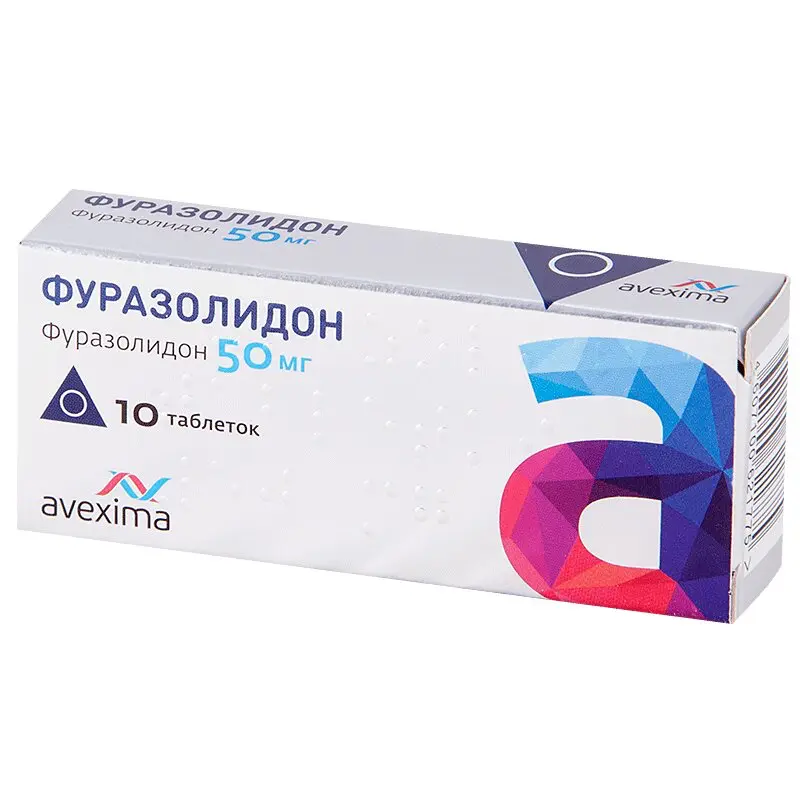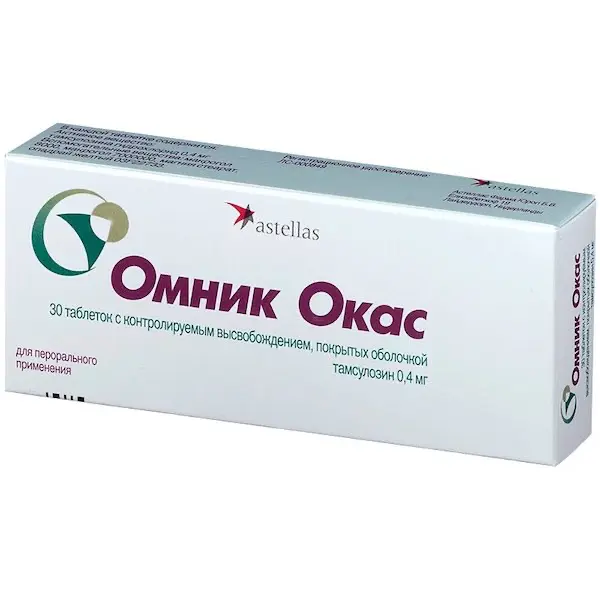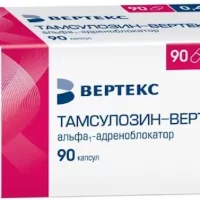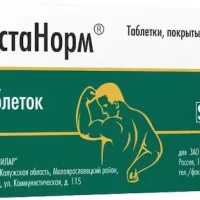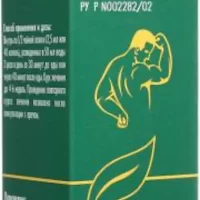Description
Furazolidone 50 mg Pharmacodynamics
Antimicrobial and antiprotozoal agent, nitrofuran derivative. Active against the following microorganisms: Trichomonas spp., Giardia lamblia, Shigella dusenteriae, Shigella flexneri, Shigella boydii, Shigella sonnei, Salmonella typhi, Salmonella paratyphi, Staphylococcus spp.
Weak effect on pathogens of purulent and anaerobic infection. Resistance of microorganisms develops slowly. It blocks monoamine oxidase.
Nitrofurans disrupt cellular respiration of microorganisms, inhibit tricarboxylic acid cycle and also inhibit nucleic acid biosynthesis of microorganisms, resulting in destruction of their shell or cytoplasmic membrane. As a result of the action of nitrofurans, microorganisms release fewer toxins, so improvement of the patient’s general condition is possible even before a pronounced suppression of microflora growth. Unlike many other antimicrobial drugs, they not only do not suppress, but even activate the immune system of the body (increase the complement titer and the ability of leukocytes to phagocytize microorganisms).
Indications
Dysentery, paratyphoid, giardiasis, acute bacterial and protozoal diarrhea.
Contraindications
Hypersensitivity to furazolidone, components of Furazolidone 50 mg, to the group of nitrofurans. Terminal stage of chronic renal failure, glucose-6-phosphate dehydrogenase deficiency, pregnancy, breast-feeding, lactose intolerance, lactase deficiency, glucose-galactose malabsorption. Furazolidone in this dosage form is not recommended for use in children under 3 years of age.
Caution
Chronic renal insufficiency, liver and nervous system diseases, advanced age.
In renal failure cumulated and may have a toxic effect.
Administration during pregnancy and breast feeding period
It is contraindicated to use the drug during pregnancy and breast feeding period. If it is necessary to apply during lactation, breastfeeding should be discontinued.
Dosage and administration
Orally, after a meal, with plenty of fluid (100-200 ml).
Dysentery, paratyphoid and acute bacterial and protozoal diarrhea:
Adults – 100-150 mg (2-3 tablets) 4 times a day (but no more than 800 mg), for 5-10 days. Recommended daily dose for children aged 8 and more: 6-7 mg/kg of body weight per day; daily dose is divided into 4 doses. Course duration depends on the disease severity and therapy efficiency.
In giardiasis:
Adults – 100 mg (2 tablets) 4 times a day. Children over 8 years old are prescribed at the rate of 6 mg/kg of body weight per day, dividing the daily dose into 3-4 doses. The course of treatment is 5-10 days. The highest single dose for adults is 200 mg, the daily dose is 800 mg. It is not recommended to use the drug for more than 10 days.

